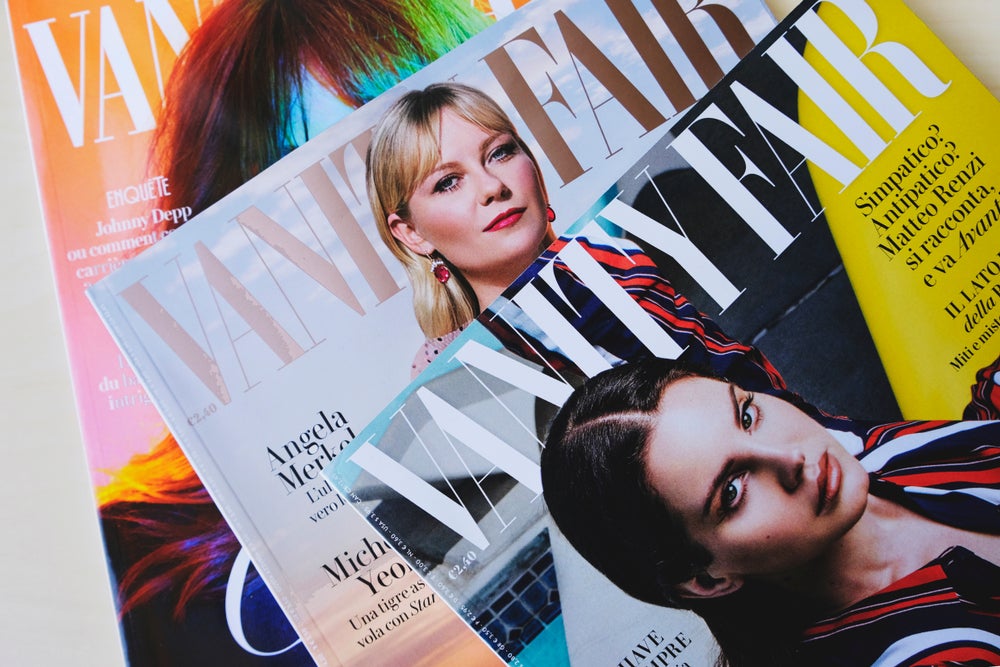Every opportunity to touch a customer is an chance to extend the relationship. Yet with all the care taken in choosing merchandise, planning catalogs and designing Web sites, e-mail campaigns often aren’t representative of the best a company offer a customer.
It’s time for some due diligence with your e-mail campaigns. Assess how they makes you look, and how you’re speaking to your customer.
The irony is that most sellers are sending e-mails not to prospects, but to customers—the folks who deserve the most care of all when it comes to communication.
Don’t risk making your customer bored, angry or noncommittal. And don’t train them to ignore your e-mails by making them less than they should be either. Here are a few tips to help you use your e-mails to look good and sell in a positive way:
A smart, interesting subject line. Test them to learn what gets your customer’s attention best—but watch the back-end response to see what kind of subject line brings in the customers that pay off for you.
An offer that’s of value to your customer. Don’t offer them old junk nobody wanted. Don’t assume that 10% off sounds like anything worthwhile, because most of the time, it sounds less than appealing. Make them offers like free shipping with a purchase of something specific, or with orders of a certain size. Or offer a free widget-opener when they buy a widget (we’re hypothetically speaking now, of course). A gift can be more memorable than a discount, and if your logo and URL is on the gift, you’re more likely to get a return visit.
The offer belongs at the top of the e-mail. Don’t hide it. And repeat it at least one more time after that, too.
Keep it short and to the point. And keep it above the fold. Don’t make readers scroll, because they probably won’t even if you try to make them.
Make it easy to read. Ban any type smaller than 12 point. Ban reversed-out type, since it always tests negatively in terms of comprehension. And if your designer wants to reverse type out of pastel colors, show them the door. Make common sense prevail when it comes to design. Easy to read means easy to respond to.
Don’t try to do too much. Showing 10 products in an e-mail negates its fast-read purpose. Choose a hero, provide a few secondary ideas, and let it fly.
Ever wonder why the big guys can get away with crummy e-mails, and you can’t? The answer is: they’re too big to feel the pain, but they’re not making any progress by having weak e-mails, either. Most of us can’t afford to simply run in place—we have to move forward.
A Dec. 2006 Forrester Research study reviewed 63 e-mail campaigns in six industries with a ‘best practice’ review and found most of them were weak in areas consumers complain about most often.
By the way, these product and service providers included CNN, iVillage, Coldwater Creek, Expedia, InterContinental Hotels, Sears, and The New York Times. These companies may not notice when their e-mails fare poorly, but most mid-sized companies need every advantage. With some hard work, you can support your brand and develop great selling strategies, and even patterns of contact that can pay off as you refine your techniques.
Challenge yourself to create powerful e-mails that represent you at your best, and then take full advantage of this powerful communication and selling tool.
Carol Worthington-Levy is creative partner with Lenser.



